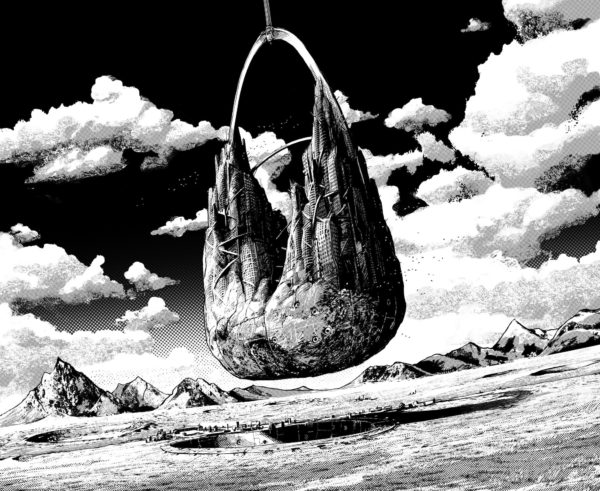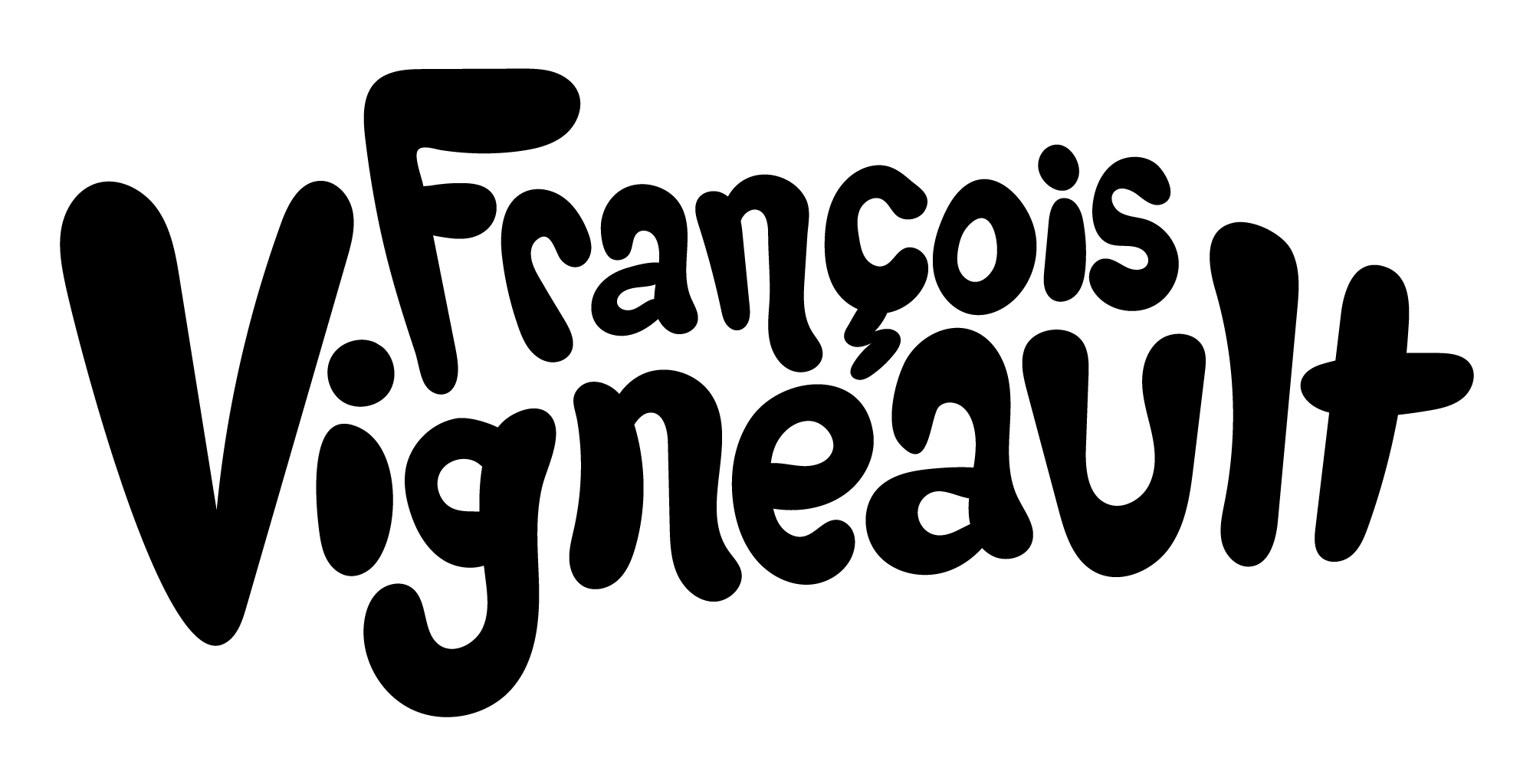Review: Seveneves by Neal Stephenson

Image from the novel by Weta Workshop
** SPOILER ALERT **
I went into this one knowing very little indeed, so the whole thing was a pretty wild ride right from the first sentence which matter-of-factly explains that the moon was suddenly and unexplainably destroyed. There was plenty to enjoy in the very technically-minded plot, and even the occasional moment of genuine human emotion (“I release you from your vow”), though less than you might expect from a novel about the near-extinction of the human race.
As many have pointed out, this novel is bifurcated quite unevenly into two parts: The first two-thirds dealing with the direct aftermath of “The Agent” that blew up the moon and subsequently led to the near-total destruction of the Earth, and a final third set 5,000 years in the future. I think, if I had finished reading at the end of the first part I might have rated this book a solid 3 or 4 stars: It was fun, funny, and genuinely had me on the edge of seat for much of the time. I honestly had no idea which risky orbital maneuvers would succeed and which would fail, which political machinations would carry the day and which would backfire, who would live and who would die. The science, mostly contemporary or the proverbial “20 minutes in the future” type, rang true; there was a great sense that the somewhat insane “Cloud Arc” plan might really be cooked up by a bunch of astrophysicists (or at least a convention of sci-fi authors) in the event of our planet’s imminent demise. The sense of on-the-fly improvisation is great, Stephenson himself make a direct connection with the film Apolo 13 and anyopne who has seen Alphonso Cuaron’sGravity won’t have a hard time imagining the orbital chaos that unfolds in Seveneves coming to a screen near you soon.
This was my first time reading Stephenson (he’s been on my to-read list for years and years so when I saw this on sale at Audible I finally went for it), and I get the feeling that a lot of his writing quirks are on full display here. One of the weirdest is his insistence on not only “infodumping” or “techsplaining” the technical elements of his plot at length, but literally repeating the same information multiple times throughout the novel… I guess this is great if you’ve forgotten what Arjuna Enterprises is, what a “grabb” or “fliver” is, or which of the Seven Races is which, but it sheer repetition must add a couple hundred pages to its bulk.
The final third can’t help but start off interesting, the tantalizing promise of continuing “5,000 Year Later” is sure to pique the interest of many a sci-fi fan. And Stephenson does deliver a fairly interesting far-future world, again on a highly technical level… In-depth descriptions of a orbital ring habitat, a rapidly rotating “Chainhatten,” and “Cradle” a floating city that wanders the world. It’s fun stuff! But it soon becomes obvious that the seeming raison d’être for the entire book was to set up a rather absurd and at times offensive world where racial hierarchies that would be at home in a fantasy RPG structure every element of life in Earth’s future.
For fairly arbitrary reasons that emerge pretty much out of nowhere, the surviving “Seven Eves” make a pact that splits the human races into seven (or eleven) distinct lineages, who by a convoluted mix of genetic engineering and cultural isolation are seemingly on their way to becoming distinct species. The conceit of human speciation is an old one (Last and First Men) and an intriguing one (quick aside, my own GN Titan takes this as one of its main premises), but other than the fun if never truly explored “epigenetic shifts” of the Moiran race, Stephenson doesn’t really add much to the concept here. The last third of the book reads more like an RPG at times than a novel, if you’ve ever played D&D or the like you’ll find it hard not to constantly imagine what the “Racial Modifiers” to stats would be (Teklans +2 STR +3 END, Ivyns +2 INT, etc).
Despite Stephenson dedicating many pages to explaining how these races were established, its never convincing that a group of people stuck in the same small space habitat would manage to not interbreed, and it seems clear that the author started with the concept of his palindromic “Seven Eves” and tried his level best to make it work… It doesn’t. You could make the argument that it’s all a big metaphorical exploration of our own society’s obsessions with policing racial lines, or conceptions of Biblical judgement (“the sins of the mother” as it were), but if that’s the case Stephenson only seems interested in reinforcing stereotypes rather than interrogating them… With small exceptions he characters from “bad” lineages are villains and those from “good” ones are heroes, interpersonal enmity invariably generates international crises 5,000 years in the future, and your genes are your destiny. There is a moment in the “Council of the Eves” where one of the characters suddenly starts spouting some highly charged rhetoric on race, and another quips “I’m seeing a side of you I didn’t know about.” I felt the same way… What had been a fairly fun apocalyptic techno-babble romp took a strange turn towards a disturbing and racially-obsessed fantasy. In the hands of another author (Ursula K. LeGuin) this could have all been handled in a very interesting and thoughtful way… Here it just fall flat at best and is arguably tasteless and even racist….
